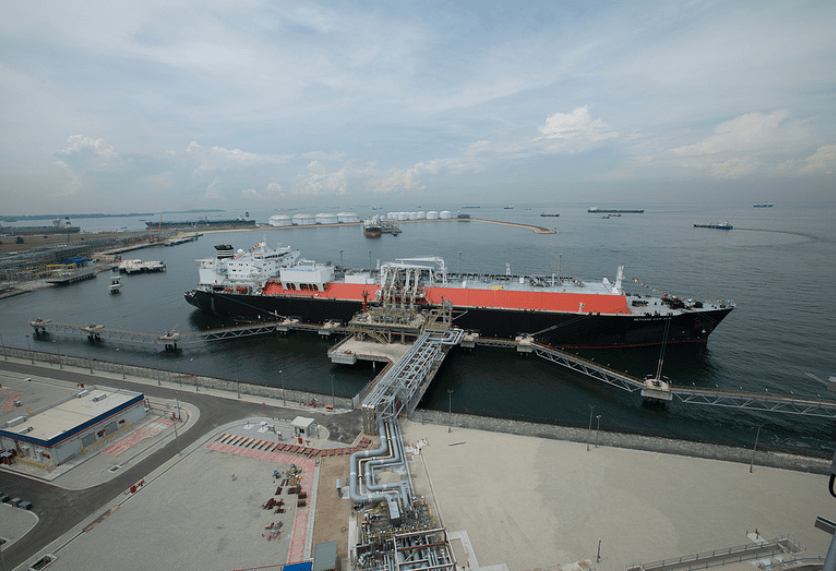Safety In LNG Operations

LNG is produced by cooling natural gas at atmospheric pressure to minus 260 degrees Fahrenheit, at which point it liquefies. It is odourless, colourless, noncorrosive, noncombustible, nontoxic and clean. When it is exposed to air, it vapourises quickly back to its gaseous state, and it will leave no polluting residue after vapourising.
LNG has been a viable form of energy and has been safely handled for many years. Although, like any processing industry, it is not without its incidents and accidents, it maintained a good track of safety record. Since the mid-1960s, there are over 120 LNG storage facilities, about 96 import terminals and more than 28 base-load liquefaction facilities located worldwide. In recent years, there is an increase number of LNG vehicle fueling stations being installed along highway system to serve Class 8 Trucking industry particularly in US and Canada.
Despite the increase in infrastructure and usage of LNG, it has maintained a strong safety record. This is mainly due to: –
- Industry evolved technically and operationally to ensure safe and secure operations
- Personnel have a strong understanding of the physical and chemical properties of LNG that are incorporate into technology and operations
- Standards, codes and regulations that are applicable to LNG operations are well applied and implemented
There are four elements that provide multiple layers of protection both for the safety of LNG industry workers and the communities that surround LNG facilities.
Primary containment
This element forms the base and is the most important requirement for containing LNG product. It involves the use of appropriate materials for LNG facilities as well as proper engineering design of storage tanks onshore and on LNG ships.
Secondary containment
This element ensures that if leaks or spills occur at the onshore LNG facility, the LNG can be fully contained and isolated from the public.
Safeguard systems
This is the third layer of protection. Its goal is to minimise the frequency and size of LNG that is being released onshore and offshore, preventing harm from potential associated hazards. LNG operations use technologies such as high level alarms and multiple back up safety systems, such as Emergency Shutdown (ESD) systems. ESD systems are able to identify problems and stop operations in the event of system fault. This allows LNG personnel to take necessary actions against the incident.
Separation distance
Regulations have made it such that LNG facility designs are required to maintain separation distances to separate land-based facilities from communities and other public areas. Safety zones are also set up around LNG ships.
The four elements are important to ensure the continuity of the strong LNG industry safety performance.
Advanced LNG Bunkering Practices, Operations and Claims Management for the LNG Maritime Industry is a two-day course that will equip LNG personnel with a detailed practical grounding in the fundamentals of advanced LNG bunking operations. Participants will also bring home a set of practical tools and techniques that will aid them in managing risk more effectively and make better practical decisions. For more information, please visit us at http://www.opuskinetic.com/training or contact us at info@opuskinetic.com
Opus Kinetic believes that people are why organisations are successful, and giving people the knowledge to perform well at their job is integral for success. We pride ourselves as the premier provider of knowledge, offering acclaimed in-house training, leadership training courses, oil and gas training courses, courses that target health safety and environment, etc. Our training courses are well researched and updated with the latest industry trends. For more information on our professional training programs, you can visit us at http://www.opuskinetic.com/training.

